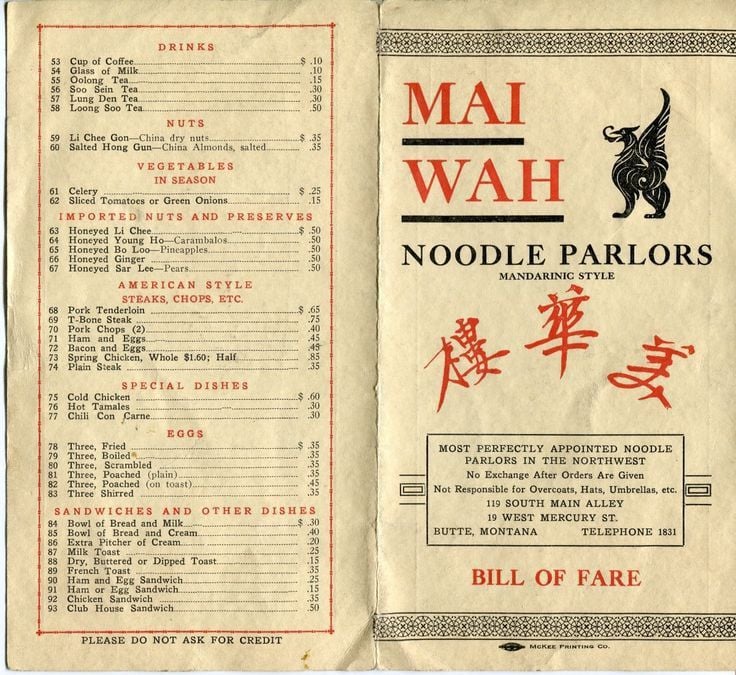“Tieguanyin will never be as good as it was 30 years ago.” Saying this sentence around seasoned drinkers of tieguanyin — a premium variety of oolong tea grown in Fujian province on the southeast tip of China — will get you a solemn nod in unanimous agreement. The general consensus is that the flavor of tieguanyin today cannot compare to the flavor produced 30 years ago. What happened?
The culprit is one you may not expect: tieguanyin’s downfall was its own popularity
In the 1980s, tieguanyin became wildly popular, and with its popularity came its ruin.
A while ago, I was walking along a small mountain path, past rows and rows of tea trees. I paused for a minute and took a look around. I was standing in the mountains of Anxi, the home of tieguanyin, and as I looked at the mountains surrounding me I only saw one thing: tea trees. Mountains and mountains covered by nothing but tea trees. While your first reaction might be positive, when I saw those rows upon rows of tea trees, with little else among them, the only thing I could think about was over-cultivation.
Over-cultivation is when there is too much of a single plant in one area
In a healthy ecosystem, different plants live and die in one area, and each life and death helps the other plants around it, moderating things like nitrogen levels in the soil. Nitrogen is a key nutrient for plant life, but it is often found as a gas, which is almost inaccessible to plants. For nitrogen to enter the soil it needs what are called nitrogen fixers, or N- Fixers — these are plants that can absorb nitrogen from the air and then, when they die, release the nitrogen into the soil for other plants to absorb.

Tea field lacking biodiversity

A more diverse terroir
Now, imagine you were to rip up every plant except tea trees. Since Camelia Sinensis is not an N-Fixer, the nitrogen levels in the soil would drop drastically, leading to sick and dying plants. The existence of a variety of plants in one area provides a strong ecosystem for the plants, and good soil. So why rip out all plants except for tea?
The reason is basic economics, supply and demand
Demand for tieguanyin exploded in the 1980s, which caused farmers to clear as much land as they could to increase supply. Even other types of tea plants were ripped out. While this strategy night have given tieguanyin farmers a higher yield and more money in the short run, eventually, the ruined soils caused the tea to lose the superior flavor that made it so popular in the first place. And Anxi, the only place tieguanyin is grown, is only so big — what happens when there is a huge demand for a tea that has a very limited yield
The answer: fakes
When I tell people my favorite tea is tieguanyin, they often laugh, because to them it has no flavor. The reason they think this is because the name tieguanyin has been applied to any oolong that has a green rolled leaf. When a tea becomes popular, the market becomes flooded with fakes, to the point where few people even know what the real thing tastes like.
What makes tieguanyin’s flavor special is what is referred to as Guan Yin Chyme: a sour sensation in the finish, paired with an extremely long-lasting flavor. To those who know tieguanyin, if a tea doesn’t have these characteristics, it isn’t authentic. As the market gets more and more flooded with teas that don’t have this signature characteristic, people begin to think it’s all hype, and will write it off as a basic and worthless tea.
Raw pu’er
It’s important to understand the recent history of tieguanyin, because this kind of cycle repeats itself. There is always a tea that is trendy and popular, and with its popularity comes the risk of ruin.
The latest tea to fall victim to this trend is the earthy pu’er, cultivated in southwestern Yunnan province. In the early ’90s, most people didn’t drink pu’er. Then came its own explosion in popularity, and with that, the same problems tieguanyin has faced: over-cultivation and generic reproductions. And the popularity of pu’er tea is still on the rise globally. Will it suffer the same fate as tieguanyin?
Cover photo: Quelcrime/Wikipedia

















